The Biggest Challenges Americans Will Face in the Next Decade
November 29, 2018 by Thomas FrohlichIs the planet in danger? Depending on who you ask — scientists, liberals, conservatives, lobbyists, young people — you may get a different answer. What most people seem to agree on is that the next generation of Americans will face different challenges than their parents.
Several of the biggest challenges ahead will be caused by either misuse of technological advances or the advances themselves. Others will be the result of overuse of natural resources and climate change. Others yet will reflect either cyclical economic forces or shifts in demographics and societal norms.
Government agencies and institutions are still struggling to adapt to these shifts. Serious proposals to address problems related to climate change, widespread use of artificial intelligence, rising carbon dioxide emissions, racial inequality, the rapidly aging population, and many other issues, are either ineffective or non-existent.
It’s impossible to predict with 100% accuracy the challenges ahead, but leaders should not ignore evidence of current or possible future problems. They have to prepare for many scenarios — from geopolitical chaos to cyber attacks and natural disasters.
To identify the biggest challenges Americans will face in the next decade, 24/7 Wall St. reviewed government sources such as the Federal Reserve Bank of St. Louis, news sources such as the BBC, and academic research such as the Institute for Women’s Research’s recent study on gender pay gaps. We also consulted experts on monetary systems and finance.
Click here to read about the biggest challenges Americans will face in the next decade.
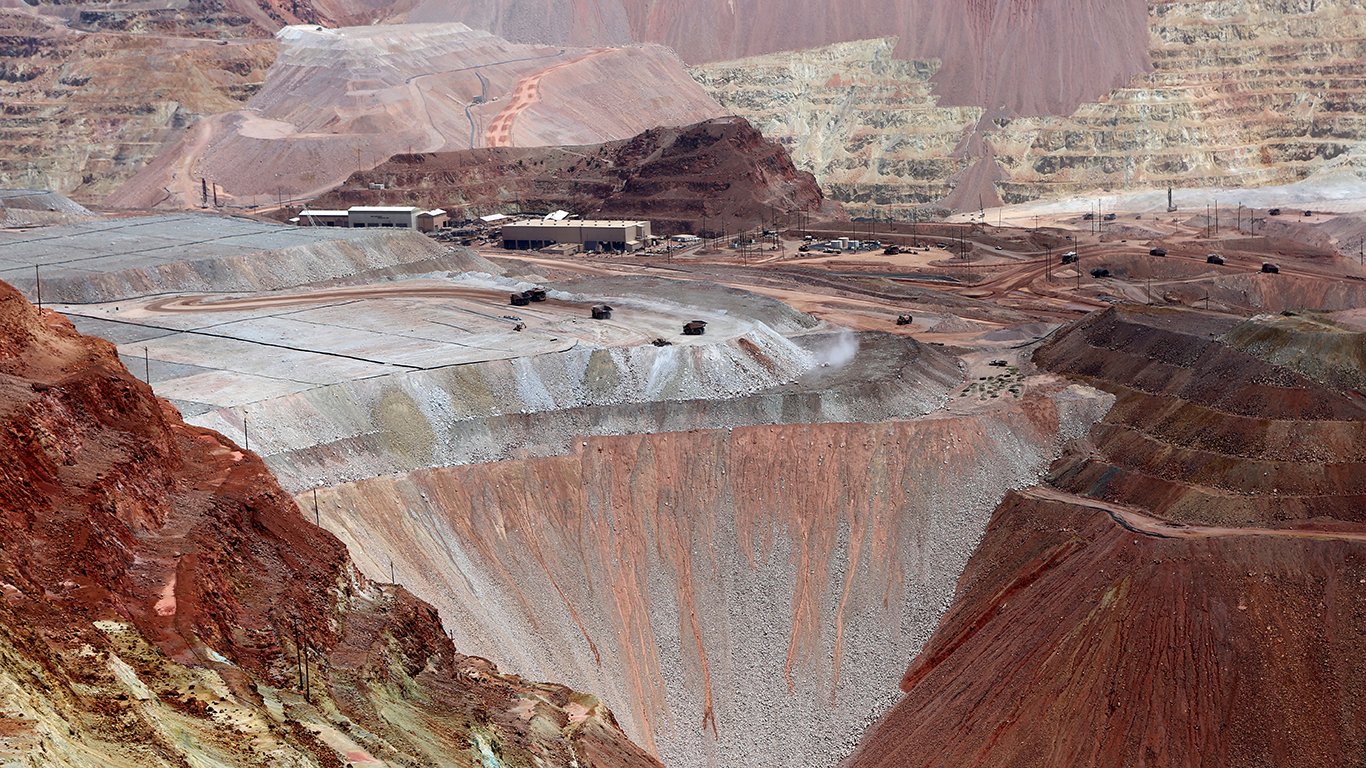
1. Resource scarcity
What materials do you think your iPhone is made of? Aluminum, copper, gold, silver, cobalt, graphite, to name a few. They all come from one source — Earth. While the planet can renew many of the resources, we’re using resources faster than they can be renewed. In 2017, people used all of the resources Earth can regenerate in one year by Aug. 2, and that “Overshoot Day,” as it’s called by think tank Global Footprint Network comes early every year. It was Aug. 1 in 2018. Overall, it would take 1.69 Earths to sustain life on the planet for one year.
[in-text-ad]
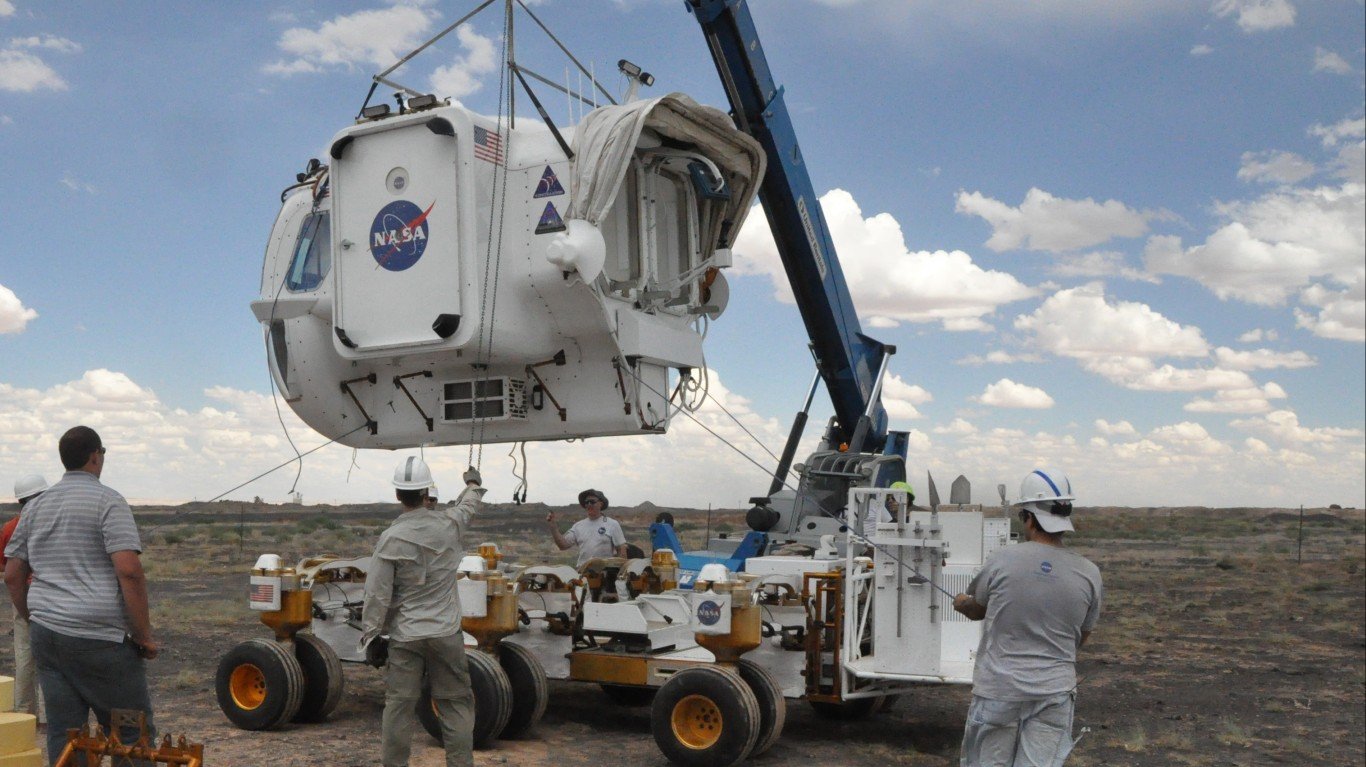
2. Settling other planets and space exploration
Renowned physicist Stephen Hawking has warned that humanity is under threat because of climate change and diminishing natural resources. He and other scientists have suggested that space exploration could provide some answers, relief, and help. Though there have been instances of space tourism among the world’s billionaires, space travel remains extremely expensive and highly complex.
Several companies, perhaps the most famous of which is Elon Musk’s SpaceX, are working on making space travel cheaper. Still, breaking out of Earth’s pull and having humans safely traveling through space to settle other planets remains an enormous challenge that would require breakthroughs in many fields, including engineering, biology, climate, and more.

3. Falling housing prices
Though rising home prices may not seem like such a challenge, there is so much a market can sustain, and rapidly rising prices can cause bubbles. It’s been five years now that U.S. home values have been on the rise, even doubling in some cities in California, Nevada, and Florida, states that were hit hard during the housing crisis.
Already, there are signs trouble may be on the horizon, as housing starts — the number of private homes on which construction began — nationwide have started to fall, and home prices have dropped in a number of markets. U.S. mortgage rates recently hit a four-year high, primarily because of rising interest rates, adding yet another barrier to further home price increases.

4. The gender pay gap
Not all problems Americans will face in the next decade are unfamiliar. A recent long-term study by the Women’s Institute for Policy Research that considered part- and full-time workers, found that women have earned less than half of what men do across a 15-year period. The gap has narrowed only slightly since the 1960s, and it is unlikely the problem will disappear entirely any time soon.
[in-text-ad-2]

5. Racial inequality
It is well documented that inherited characteristics like race, ethnicity, sex, age, birth year, as well as parental educational attainment strongly influence future outcomes of children. The likelihoods of being incarcerated, living in poverty, being diagnosed with medical conditions, dying prematurely, and many other outcomes is considerably different between black and white Americans.
The typical white family possesses 12 times the wealth of a typical black family.
While the growth in racial and ethnic diversity of the U.S. population could certainly help reduce racial inequality and injustice, gaps along racial lines persist and have continued to widen.
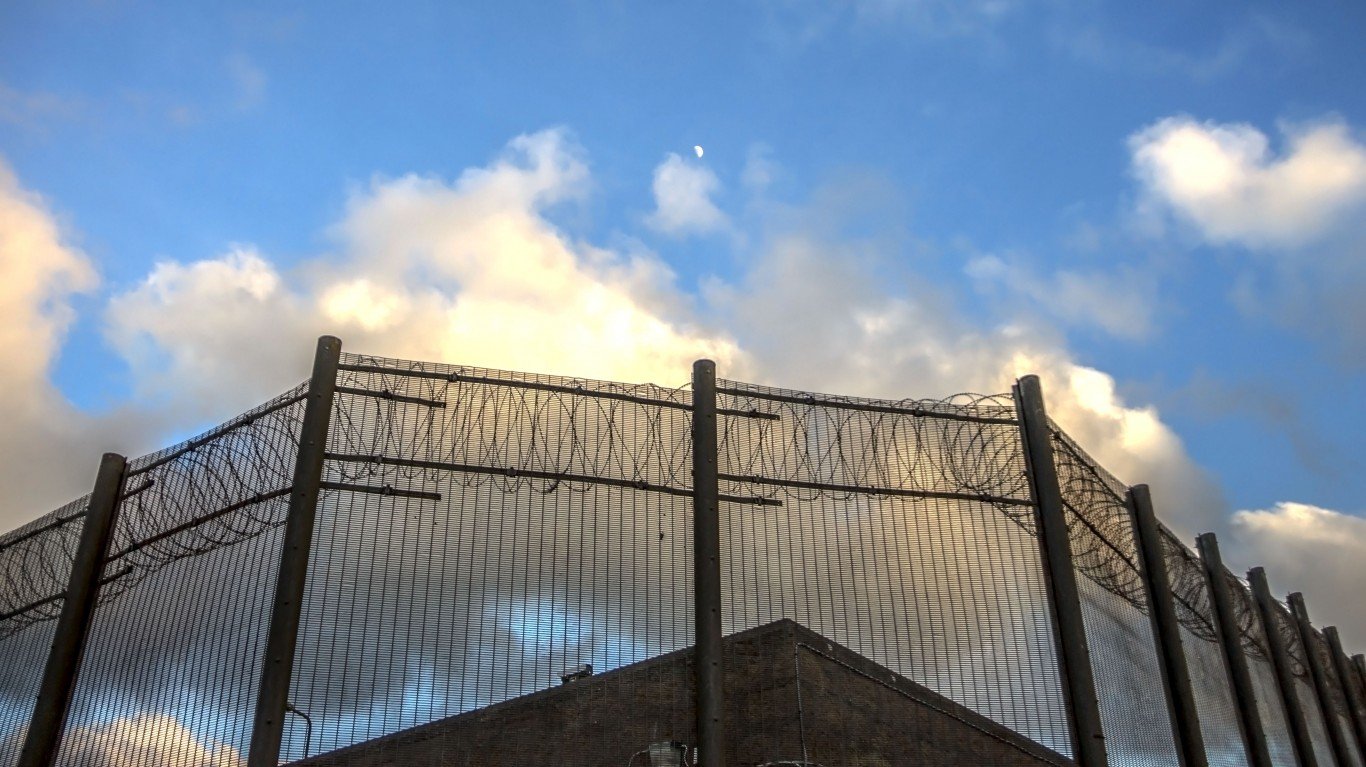
6. Mass incarceration
The U.S. criminal system incarcerates more people both in total and as a percentage of the population than any other country on Earth. While incarceration rates have decreased in recent years, they have increased over the last four decades. Some major incarceration reforms are being considered, and if they are not implemented, Americans will continue to face the long-term effects on individuals and communities.
[in-text-ad]
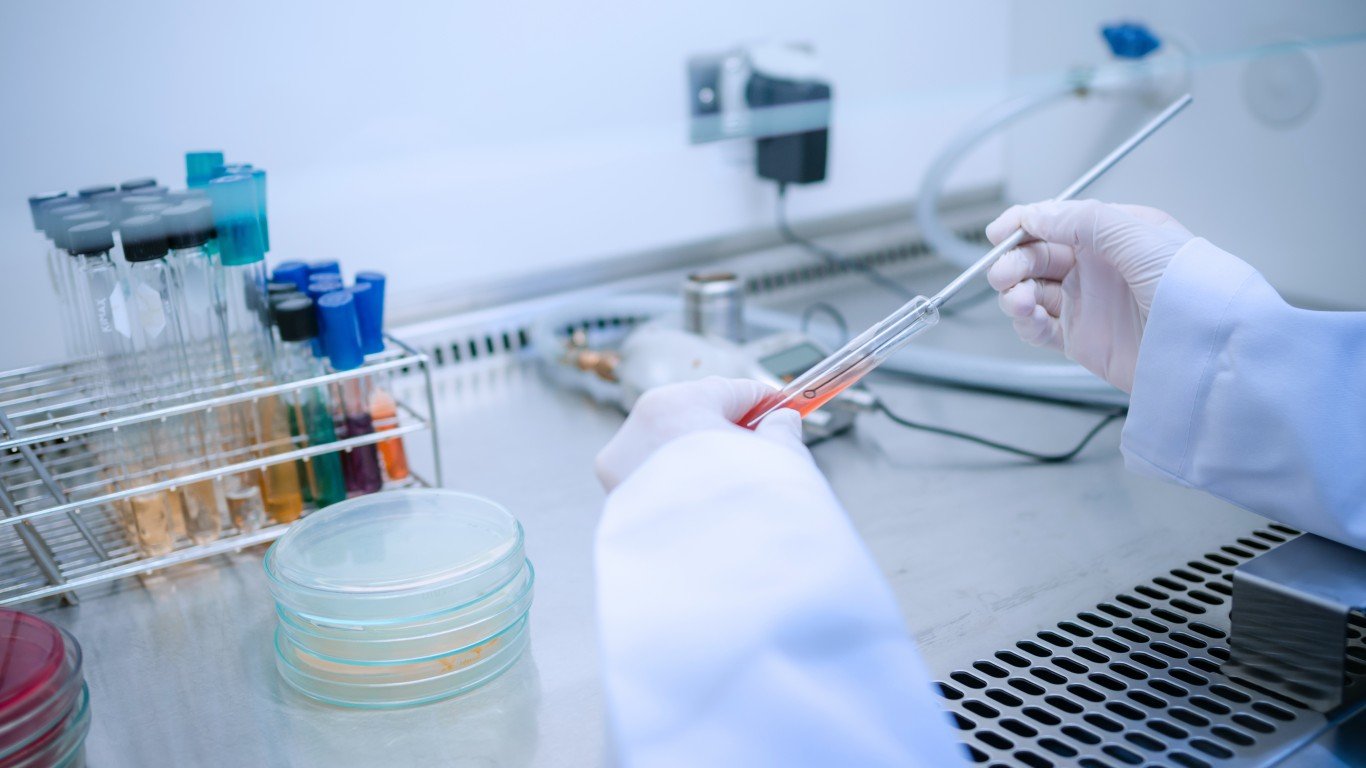
7. Bacteria resistant to antibiotics
Antibiotics resistance, caused by overprescription and overuse in humans as well as use in animal, is a major health problem humanity faces. Every year, more than 2 million Americans contract an infection that cannot be treated with a course of antibiotics, and about 23,000 of them die, according to the Centers for Disease Control and Prevention.
Few antibiotics have been developed since 2000. England’s chief medical office has even warned that antibiotic resistance can lead to the “end of modern medicine.”
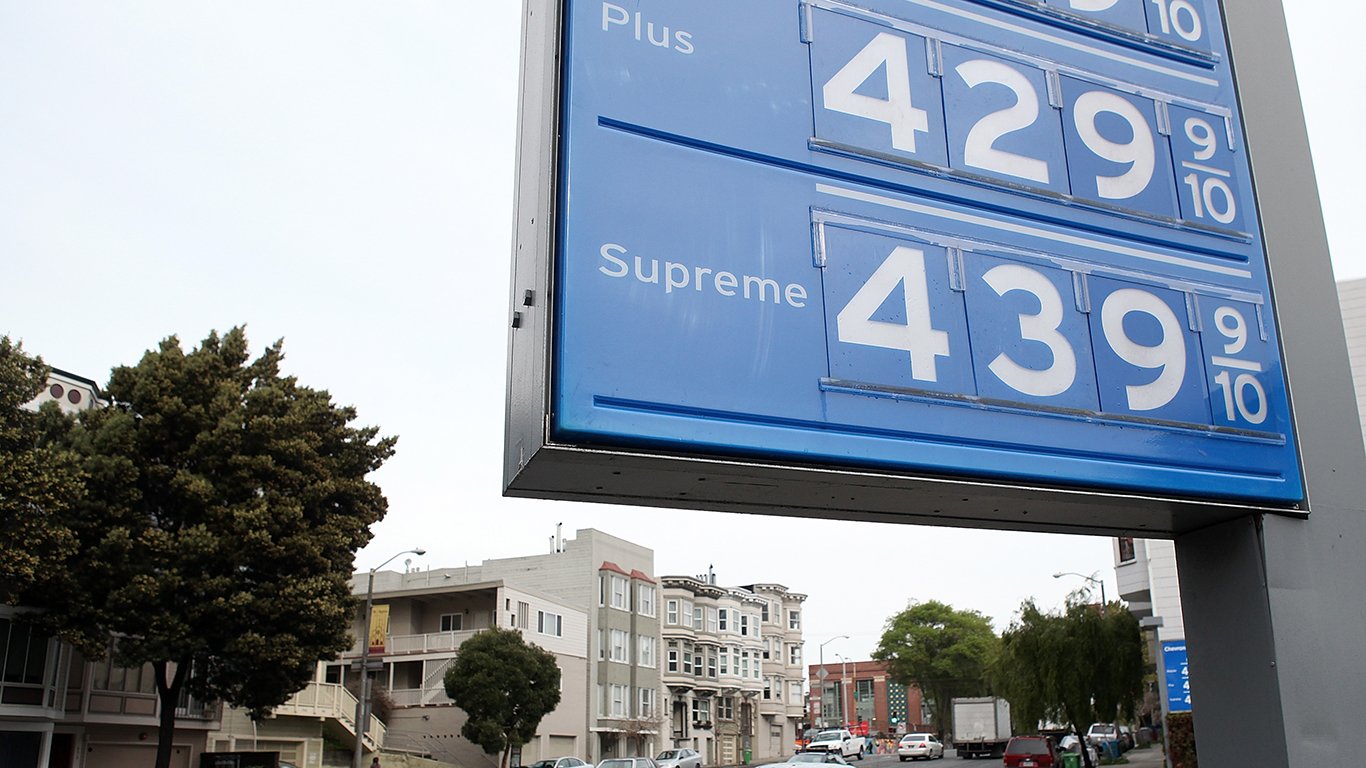
8. Wild fluctuations in oil prices
The United States has become almost energy independent. At the same time, International Energy Agency data shows that the global demand for oil has flattened.
Venezuela, which has the world’s largest proven oil reserves, is in political and economic turmoil. Iran’s exports continue to be curtailed by sanctions. Tensions with Saudi Arabia are their highest point in years since the death of journalist Jamal Khashoggi. The Saudis have already said they plan to cut oil production. The need for gasoline, heating oil, petrochemical products and more, which itself could shift with new technologies, along with the supply challenges, could cause fluctuations in oil prices.

9. Widening gap between the rich and poor
The gap in household income and wealth between the richest and poorest Americans is at historically high levels, according to Lael Brainard from the Federal Reserve’s Board of Governors. The top 1% has 24% of America’s incomes in 2015, up from 17%. Their wealth also increased to 39% in 2016 from 30% in 1989.
The widening gap will likely hurt consumer spending as research suggests richer people will end up saving more rather than spend any additional income, while poorer people will have less to spend on discretionary items as more of their income would go to necessities.
[in-text-ad-2]

10. The largest elderly population in US history
The good news is that people are living longer; the bad is that the elderly need more care, which is expensive. There are not enough working people to financially support the health care and welfare of the growing retired population. Governments are likely to divert funding from education and infrastructure to finance social benefits for the elderly. What’s more, future retirees could lose some benefits as programs might have to cut payouts and assistance.
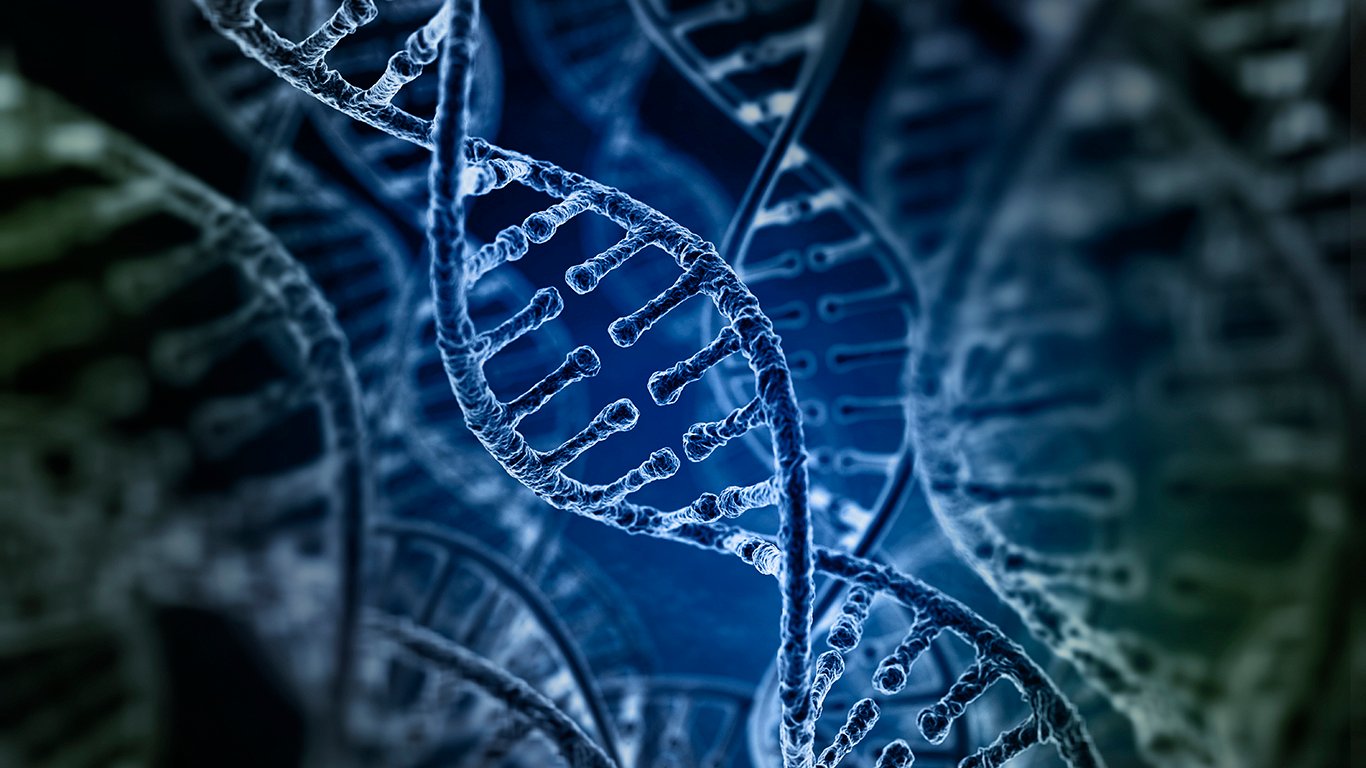
11. The ethics of genetic modification
New technology allows for editing human DNA. The so-called “designer babies” can be genetically modified so they have certain traits. The process is called pre-implantation genetic diagnosis (PGD). Scientists take out cells from embryos at a very early stage and analyze their genomes to choose the ones to implant.
Right now, this is done for the purpose of avoiding inheritable diseases. As more is learned about the genome, genetic modification could be used for other purposes, such as changing appearance, choosing the sex, or IQ. Not only could this result in many babies with similar supposed positive traits, but it could also increase the divide between rich and poor as right now the technology is not widely available to all.
[in-text-ad]

12. The rise of “fake news”
About 68% of Americans get their news from social media, especially Facebook, YouTube, and Twitter. More than half expect the information to be inaccurate, but most say this has made little to no difference in their understanding of current events. The problem is that people’s news sources are limited and even biased. One’s Twitter feed will only show tweets by people or organizations a person follows. Facebook changed its algorithm so people will see more posts from family and friends in their feed rather than businesses or media. What’s more, according to a study, lies spread faster on social media than truths and reach more people. In addition to that, social media has also become a weapon of foreign powers in dissemination of false news that benefits them.
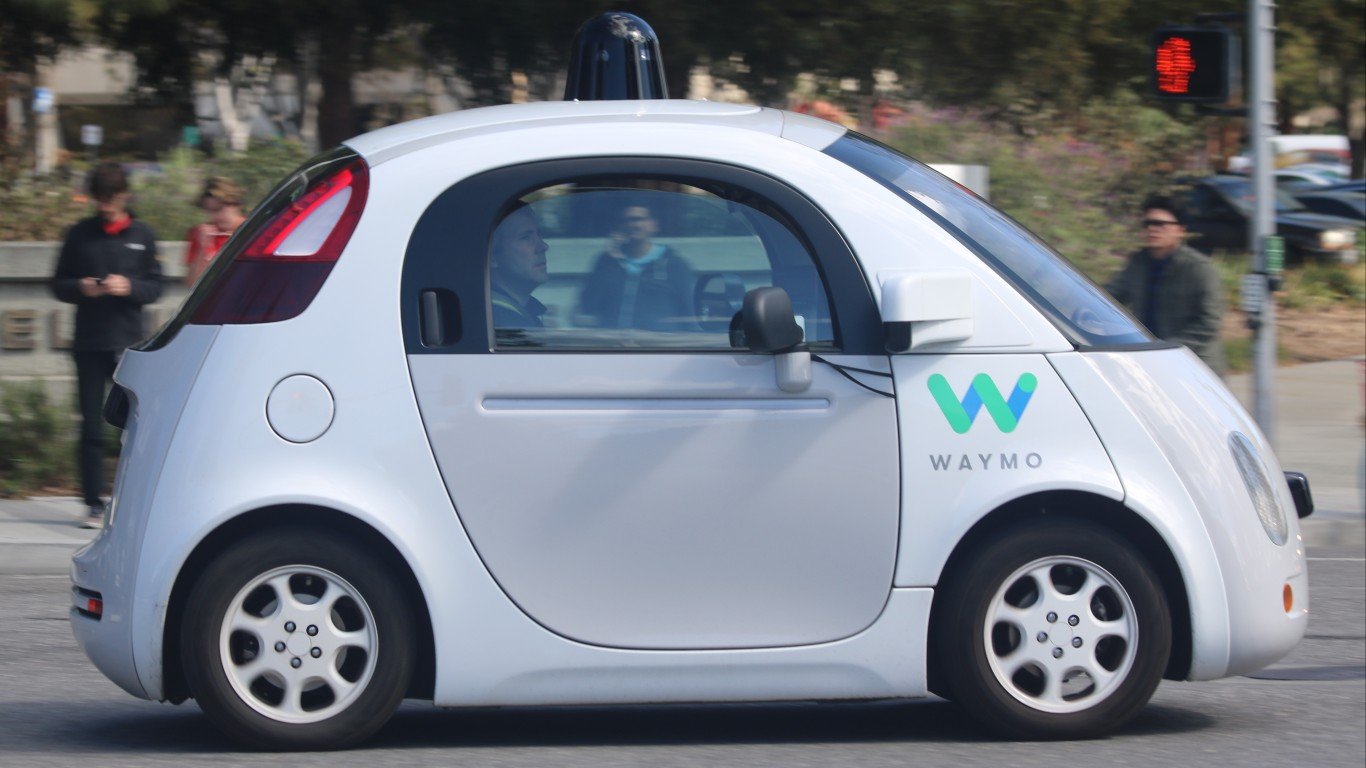
13. Safe car travel
Driverless cars are not a thing of the future anymore, they are here. After a few high-profile accidents with autonomous vehicles, Americans are scared to get in them — 73% are afraid to drive them, up from 63% last year, according to a poll by the American Automobile Association.
Still, efforts to make these vehicles safer are speeding up. Silicon Valley companies, including Tesla, Google’s parent company Alphabet, Intel, and Uber, are testing autonomous cars on the road. Standard car companies like Ford and General Motors, which have the means to make a lot of cars in very little time, are in the race as well.

14. Societal and ethical implications of artificial intelligence
How powerful can people let robots become? The most immediate concern is unemployment. Automation can slash almost 40 million full-time jobs in the United States alone, and up to 800 million worldwide, by 2030, according to a report by McKinsey Global Institute. And as those who lose their jobs become poorer, those in control of the artificial intelligence and machines become richer, further widening an already large income gap. Other problems that may arise include losing control over a complex intelligent system and protecting against unintended consequences such as bias.
[in-text-ad-2]

15. The rise of mass surveillance
Unless you are in your house with no computers around you, you can’t be sure you are not being watched. Drones, surveillance cameras in public, hackers, webcams on laptops, cell towers, the Patriot Act … people’s right to privacy is being sacrificed in the name of security and corporate profit.
Home devices that are connected to the internet, such as appliances and personal assistants, can serve as spy agents for intelligence agencies. And in the age of social media and smartphone apps that know anything from financial to health to location information, people have not only allowed their privacy to be eroded, but have largely accepted and contributed to it.

16. Student debt crisis
Americans, in particular young Americans, will soon face the question of whether the nation’s growing student debt balance is sustainable.
The total student loan balance by Americans stands at $1.56 trillion, the highest ever recorded. The student loan balance was less than $600 billion just a decade ago. As of the end of 2017, Americans between 30 and 39 years were the most college-debt burdened age group with a balance of $461.0 billion, followed by the under 30 group, which owes $383.8 billion. Going forward, those burdened by student debt may postpone home buying and change consumption behavior to address their debt
[in-text-ad]

17. The War on Drugs
The War on Drugs has largely failed. There were 70,237 drug overdose deaths in the United States last year, following a trend of significant annual increase. New ways to prevent drug use will have to be tried. The zero tolerance policy against drug users that President Ronald Reagan’s administration started resulted in the mass incarceration of people for nonviolent crimes — from 50,000 in 1980 to 400,000 in 1997. Funding was taken from programs for education, prevention, and rehab and transferred to programs aimed at intercepting and ceasing drugs. There is some interest in decriminalization of drugs because then they can be regulated.

18. Military conflicts
One of the most dangerous situations for the U.S. economy is the possibility of military conflicts between the United States and China, Russia, North Korea, and Iran.
China continues its efforts to take disputed areas of the South China Sea. North Korea has nuclear weapon technology and long-range missiles, and according to recent information its programs are still active. It would only take one major incident to start a military conflict that could knock down consumer confidence and undermine companies’ ability to do business in the regions where there are military clashes.
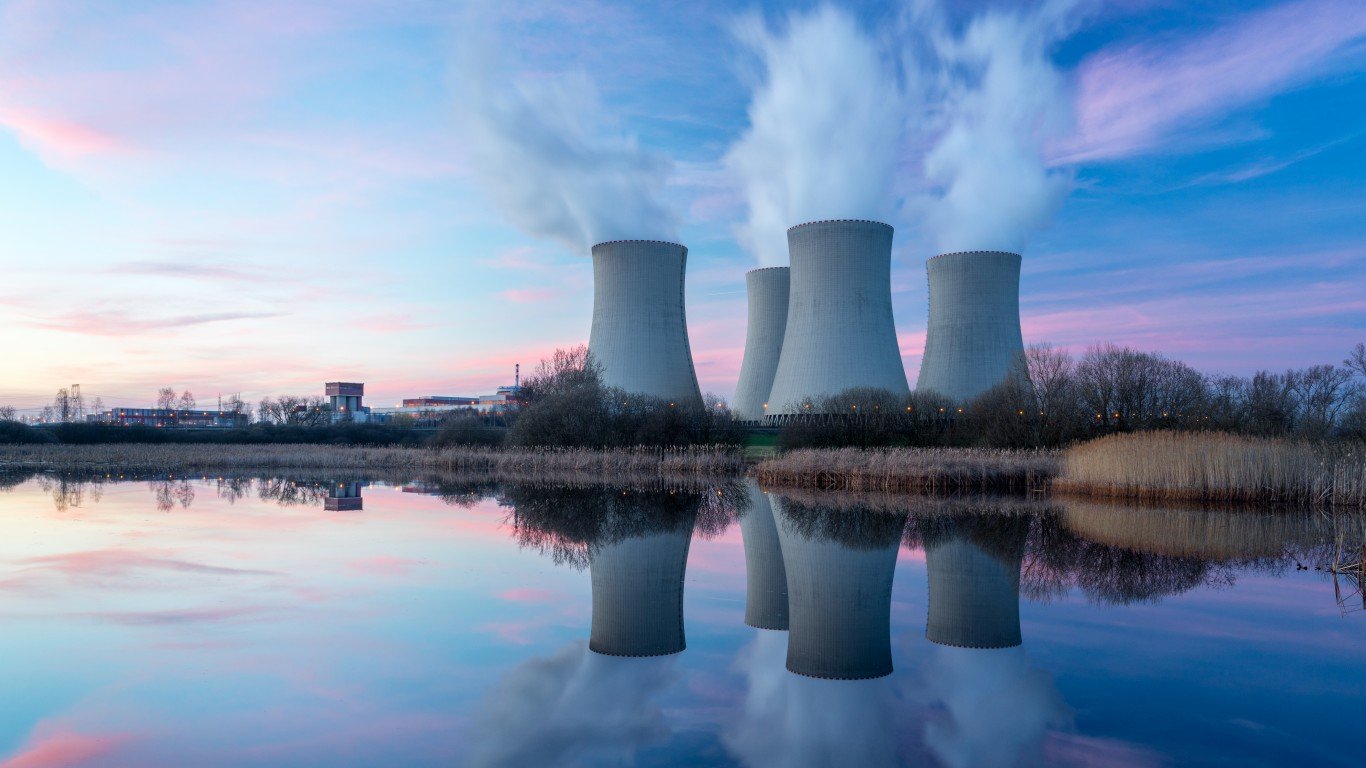
19. Aging nuclear power plants
The United States has a total of 60 commercially operating nuclear power plants with 98 nuclear reactors. As these plants age, the chances of malfunctions and potentially lethal accidents increase. According to a report by Stanford University, due to the limited lifespan of nuclear reactors — because of decades of working under high pressure, temperature, and radiation — a period of nuclear insecurity may be around the corner. Replacing old nuclear reactors will cost billions of dollars, which probably means alternative sources of energy will have to be further explored.
[in-text-ad-2]
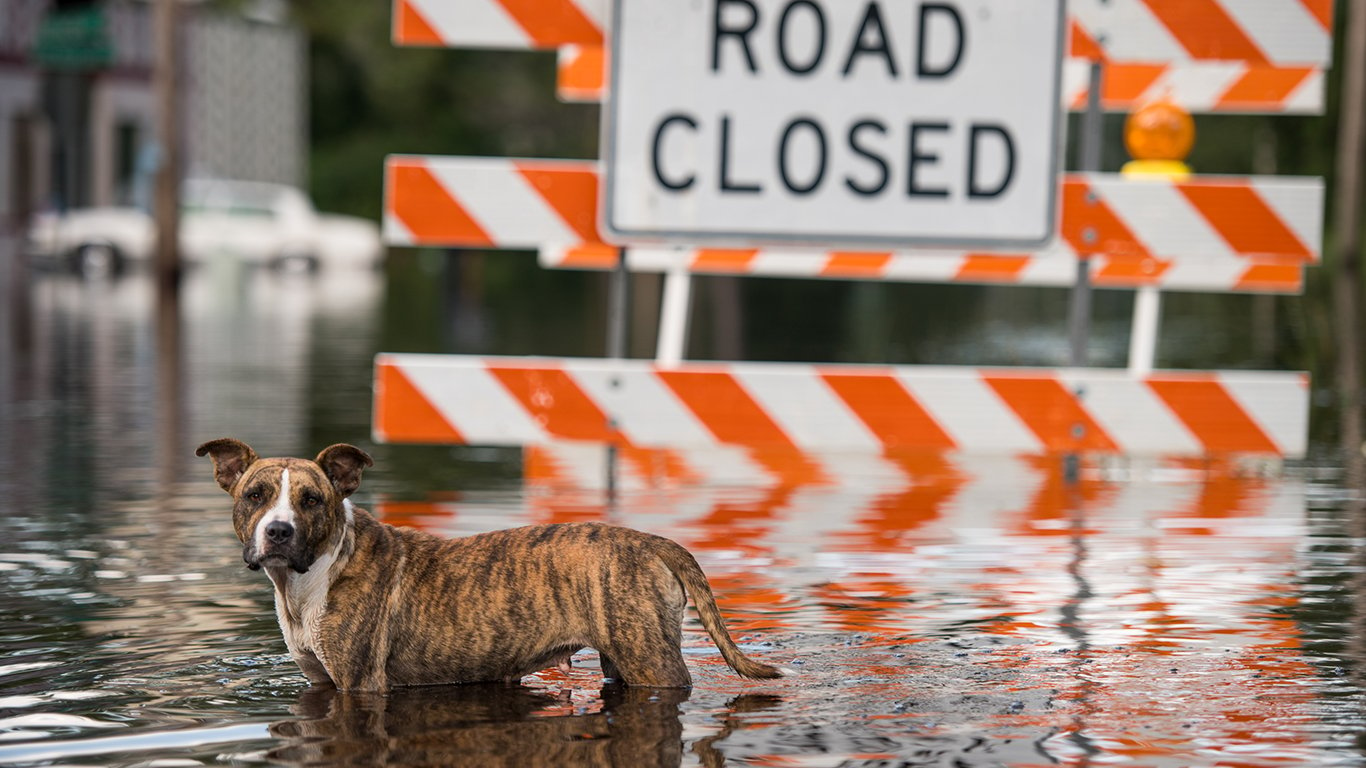
20. Climate disasters
The Intergovernmental Panel on Climate Change’s October 2018 report documented the high stakes of keeping global warming below 1.5°C above pre-industrial levels. Average ocean surface temperatures currently stand at about 1.0°C higher. Without a coordinated global effort by governments and private institutions, many of the worst-case scenarios will likely come to pass in the near future.
As residents of one of the world’s largest contributors to greenhouse gas emissions, Americans will face head on the seemingly inevitable problems that climate change will cause. The effects of climate change will include more frequent heat waves, flooding from sea level rise, drought in some regions, larger and more extreme storms, and other weather events. These developments, in turn, are expected to result in species extinction, spikes in vector-borne diseases, political instability, large-scale displacement of populations, and other serious challenges.
Essential Tips for Investing: Sponsored
A financial advisor can help you understand the advantages and disadvantages of investment properties. Finding a qualified financial advisor doesn’t have to be hard. SmartAsset’s free tool matches you with up to three financial advisors who serve your area, and you can interview your advisor matches at no cost to decide which one is right for you. If you’re ready to find an advisor who can help you achieve your financial goals, get started now.
Investing in real estate can diversify your portfolio. But expanding your horizons may add additional costs. If you’re an investor looking to minimize expenses, consider checking out online brokerages. They often offer low investment fees, helping you maximize your profit.
 24/7 Wall St.
24/7 Wall St.